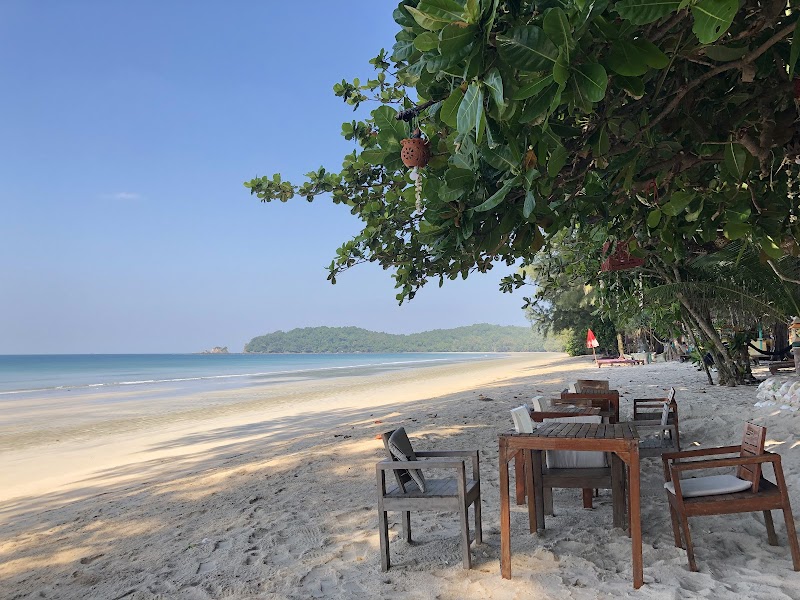
Mergui Archipelago Marine National Park Adventures
The Mergui Archipelago Marine National Park is a protected marine area known for its extensive coral reefs, diverse marine life, and over 800 islands offering pristine waters for exploration and aquatic recreation.
About Mergui Archipelago Marine National Park

Located in the Andaman Sea off the southern coast of Myanmar's Tanintharyi Region, the Mergui Archipelago Marine National Park encompasses a significant portion of the Mergui Archipelago, consisting of more than 800 islands spread across roughly 13,000 square kilometers of sea area. This marine national park protects a rich ecosystem featuring coral reefs, seagrass beds, mangrove forests, and deep marine channels. The area is home to endangered species such as dugongs, whale sharks, various sea turtles, and numerous fish species, making it a vital biodiversity hotspot. Terrestrial wildlife includes populations of rare birds and indigenous ethnic groups with traditional practices linked to the sea. The park's coral reefs support exceptional snorkeling and diving opportunities, attracting marine biologists and eco-tourists alike. Visitors can explore uninhabited islands with white sandy beaches, kayak through calm bays, and observe diverse marine life in their natural habitats. The cultural heritage is shaped by the Moken (sea gypsies), who have lived in the archipelago for centuries and contribute knowledge of sustainable marine resource use. Access to the park is primarily by boat from Kawthaung, the southernmost town of Myanmar, offering adventure travelers a chance to experience one of Southeast Asia's least disturbed marine environments. Conservation efforts focus on managing tourism impacts, protecting marine habitats, and engaging local communities to preserve the park’s unique ecological and cultural landscape.
Highlights
Extensive coral reef systems rich in marine biodiversity
Home to endangered species such as dugongs and whale sharks
Traditional Moken villages offering cultural insights
Remote, uninhabited islands with pristine beaches
Notable Natural Features
Coral Reefs
Extensive coral formations that provide habitat for diverse marine species and offer vibrant underwater landscapes for divers and snorkelers.
Moken (Sea Gypsy) Communities
Indigenous groups residing in the archipelago who maintain traditional fishing lifestyles and maritime knowledge.
Dingyi Islands
Cluster of islands known for clear lagoons, white sand beaches, and abundant marine life.
